SLC21/WK1: Introduction to Basic Electrical Hand Tools & Measuring Instruments.
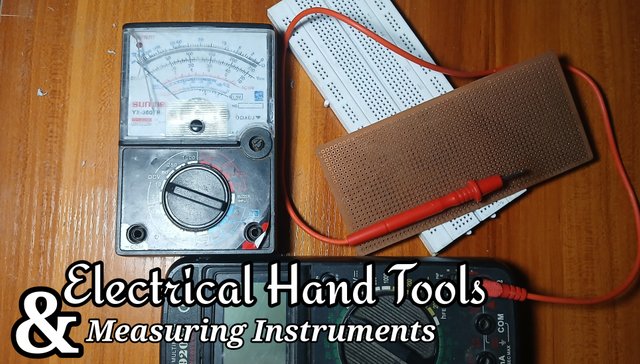 Captured and edited With Galaxy-A15
Captured and edited With Galaxy-A15
Electrical Hand Tools & Measuring Instruments.
Electrical hand tools are small portable devices used by a technician to solve electrical problems. Most electrical hand tools do not need power to function, but some do.
In today's homework task, I will identify some basic hand tools and how they are used by a technician.
Workshop [Task A]
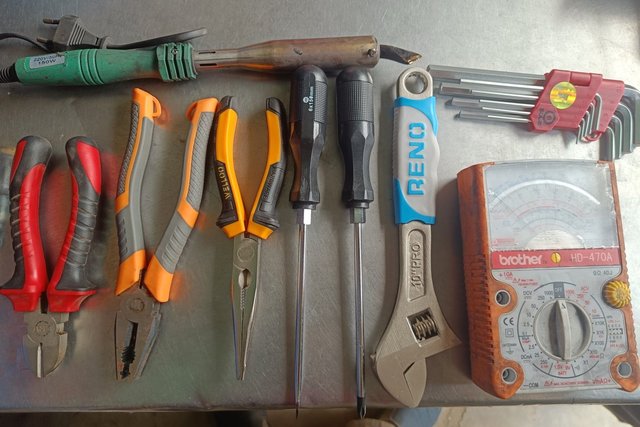 @mahadisalim Hand tools for electrical technicians
@mahadisalim Hand tools for electrical technicians
Identify the electrical tools in the picture and mention the name and function.
| Digital Multimeter |
|---|
 Analogue and digital multimeters
Analogue and digital multimeters
A digital multimeter is one of the fundamental tools for electrical technicians. It is a handheld device that measures various electrical parameters, including:
- Voltage (AC/DC)
- Current (AC/DC)
- Resistance
- Continuity
- Diode testing
- Temperature (optional)
- Frequency (optional)
How Electrical Technicians Use a DMM:
There are times when power is on, but equipment and appliances malfunction, a technician would use the Voltmeter function of the multimeter
to measure and confirm that the voltage is 240V of AC.
Electrical technicians also often use the continuity function on a multimeter to check fuse functionality and identify open circuits.
A clamp meter measures current without breaking the circuit
| Adjustable Wrench Spanner |
|---|
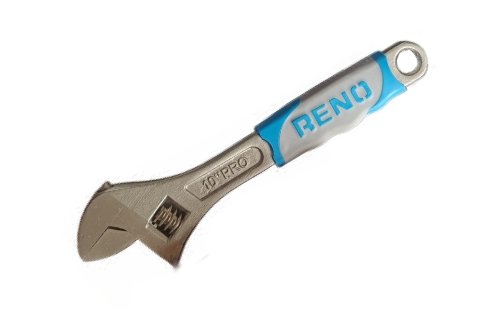 @mahadisalim An adjustable wrench spanner
@mahadisalim An adjustable wrench spanner
This Jaw-style adjustable wrench is a hand tool made of solide steel, designed to adjust to various sizes of nuts, bolts, and fittings, thereby eliminating the need for having multiple fixed-size wrenches in our tool box.
| Philips Screwdriver |
|---|
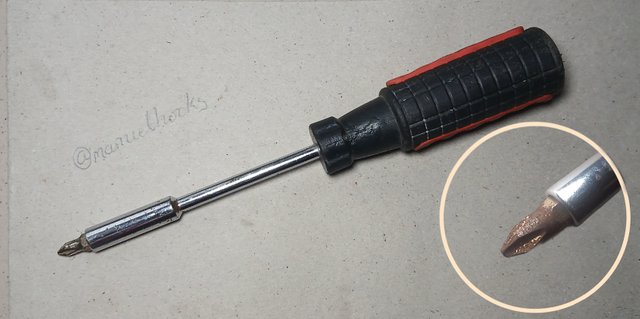 A Philips screwdriver with zoomed in tip
A Philips screwdriver with zoomed in tip
A Phillips screwdriver, locally called a star-head screwdriver, is a type of screwdriver with a distinctive cross-shaped tip designed to drive screws with a Phillips head. This versatile tool is used by technicians across various industries
how it is Uses by Technicians:
As a technician, I use it to disassembling electronic devices, such as computers, phones, and others. You will need it when working with devices like circuit breakers, outlets, and switches. It is used during the installation and maintenance of equipment and infrastructure.
To use it, simply select the right screwdriver size, hold it firm, and twist.
| Flat-tip Screwdriver |
|---|
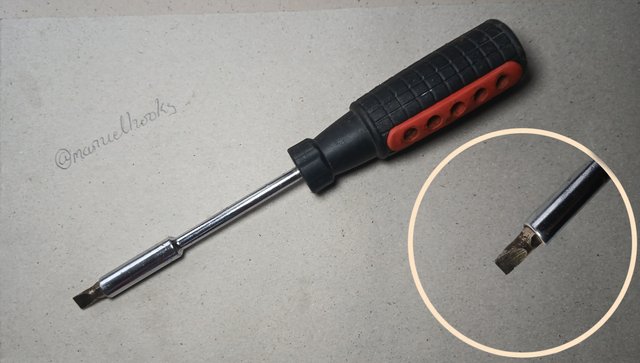 A flat-tip screwdriver with zoomed in tip
A flat-tip screwdriver with zoomed in tip
Flat tip screwdrivers locally known as a flat head screwdriver, though not used as often as the Phillips head, they are best used when the screw has a single slit, and will help when prying case held by clips.
When confronted by a zip-tie mechanisem, a flat screwdriver often saves the day. Most adjustable mechanisms use flat screws.
| Long Nose Pliers |
|---|
 @mahadisalim a long nose pliers
@mahadisalim a long nose pliers
A long nose pliers, also known as needle-nose pliers, are highly versatile hand tools used by electrical technicians for various tasks, including gripping small objects like wires, components, or connectors in tight spaces.
They come in handy when bending and shaping wires and holding small components like capacitors, resistors, or IC chips during soldering or desoldering.
| Combination Pliers |
|---|
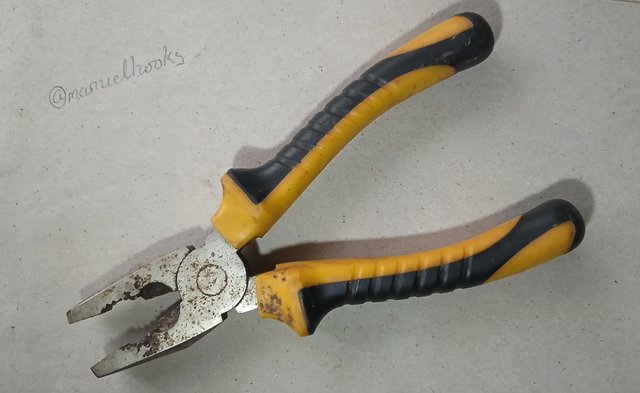 Combo pliers
Combo pliers
Combination or combo pliers are multi-purpose pliers designed to perform various tasks. They combine the functions of several plier types, making them a valuable addition to any toolkit.
They are mainly used for grabbing and twisting wires, with insulators that make it useful on life systems. Often comes with a bolt gripper and a section for cutting and stripping cables.
| Cutter |
|---|
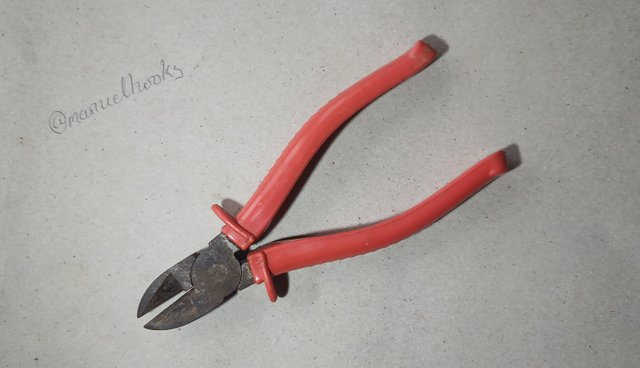 A cutter
A cutter
A wire cutter is an essential hand tool used by electrical technicians primarily for cutting wires, cables, or cords. You may also use it for trimming excess wire or stripping wire endings. Using it is simple: Place the wire between the cutter jaws and squeeze. It can be used to cut life wires.
| Soldering Iron |
|---|
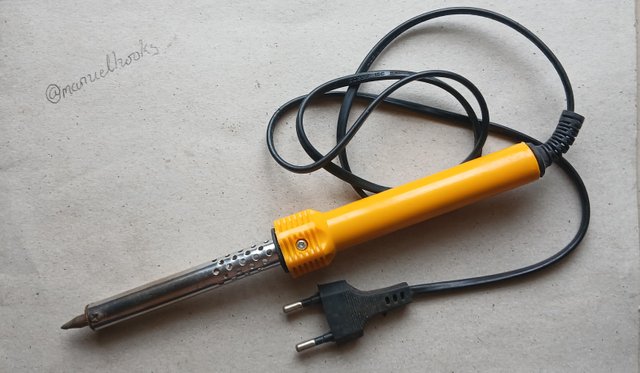 An electric soldering irons
An electric soldering irons
A soldering irons is a tool that often converts electrical power into heat, used for desulving a filler material that helps attach or detach components to a circuit board.
| Hex (Allen) wrenches |
|---|
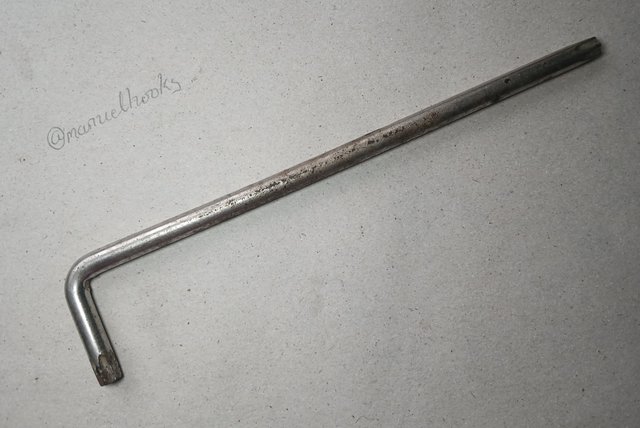 An Allen wrenches
An Allen wrenches
A hex wrenche or Allen wrenches/keys is an essential tool for technicians in special circumstances where a device is locked with hex screws. In such cases, the hex wrenche is needed to fasten, loosen, adjusting, or tightening components.
| Neon Tester |
|---|
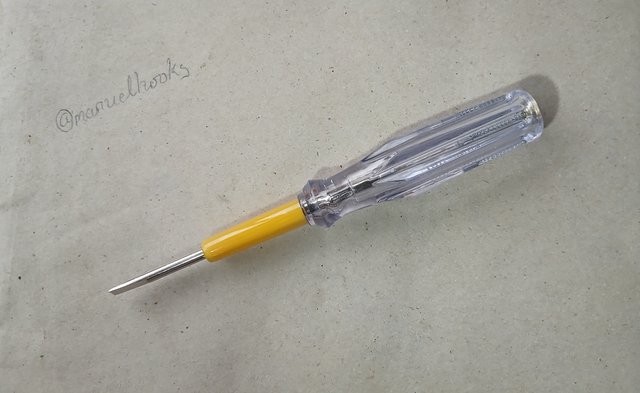 A neon tester
A neon tester
A neon testers, locally known as testers, is a screwdriver with an indicator inside it. The indicator will glow when it senses power in the circuit. To use a tester, the tip of the tester is connected to an exposed wire, and the metal at the other end is touched by the technician.
Its Primary Uses is to test for the presence of AC/DC voltage, it also identifies live wires and locates shorts, grounds, and opens circuits.
Workshop [Task B]
Suddenly, the power supply to your house has been cut off. As an electrician, do the following:
Power in my environment gets interrupted regularly. An electrical blackout is a very common occorence and right now, the power in my house has been 'cut off', it will only be a couse for worry when the light at the neighbours come up and mine is still off, that is what prompts the troubleshooting.
| Check the presence of electricity in your home with a neon tester. |
|---|
Testing for power using a neon tester during a blackout
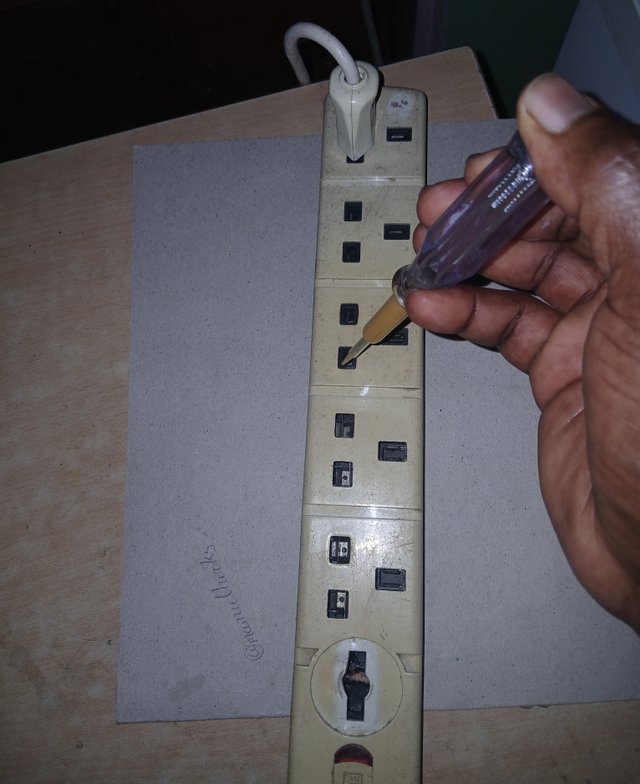 no power detected no power detected | 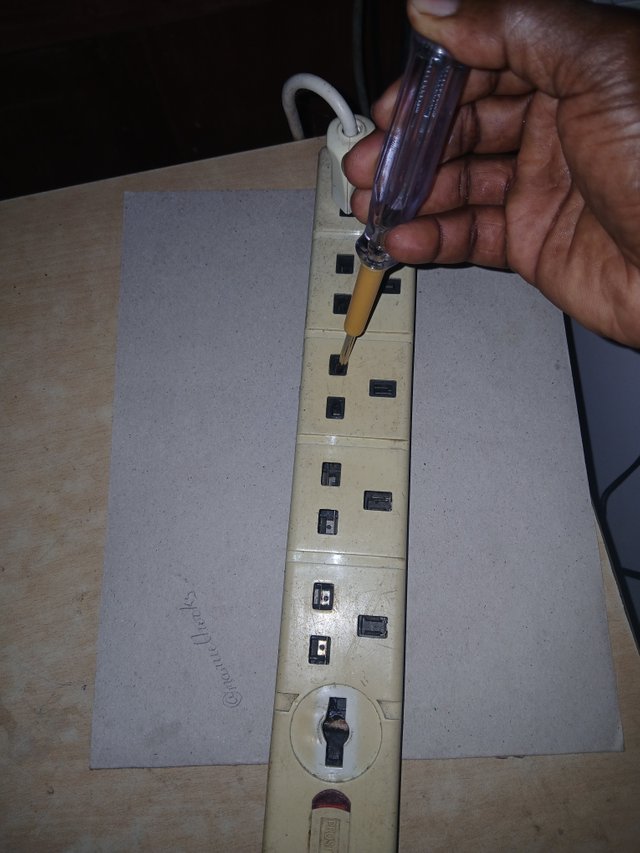 no power indicated no power indicated |
|---|
Test Expectation
Because we are having a blackout at the moment, I do not expect power on both life and the nutral terminal.
Test results
Therr is no power on both terminals
Running the same test againg when power is restored
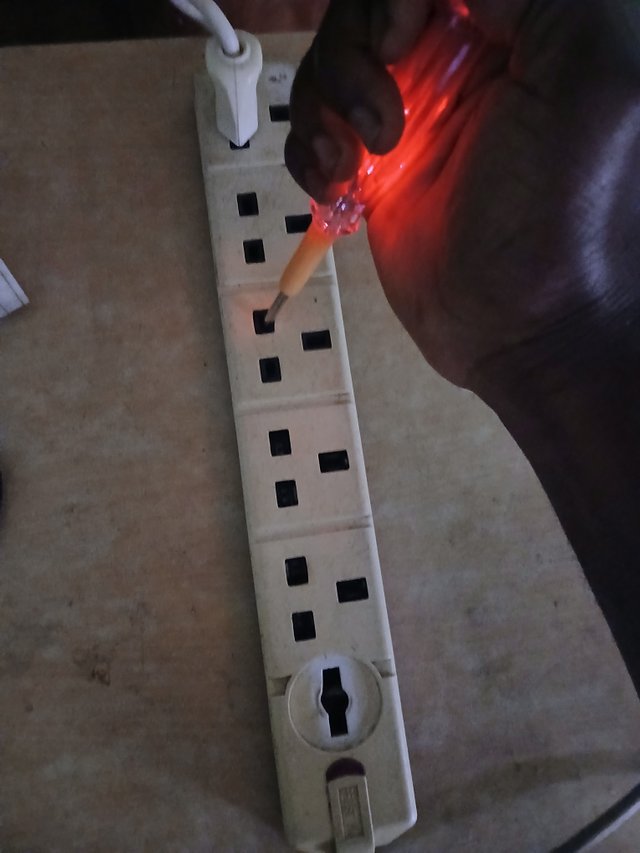 Life Life | 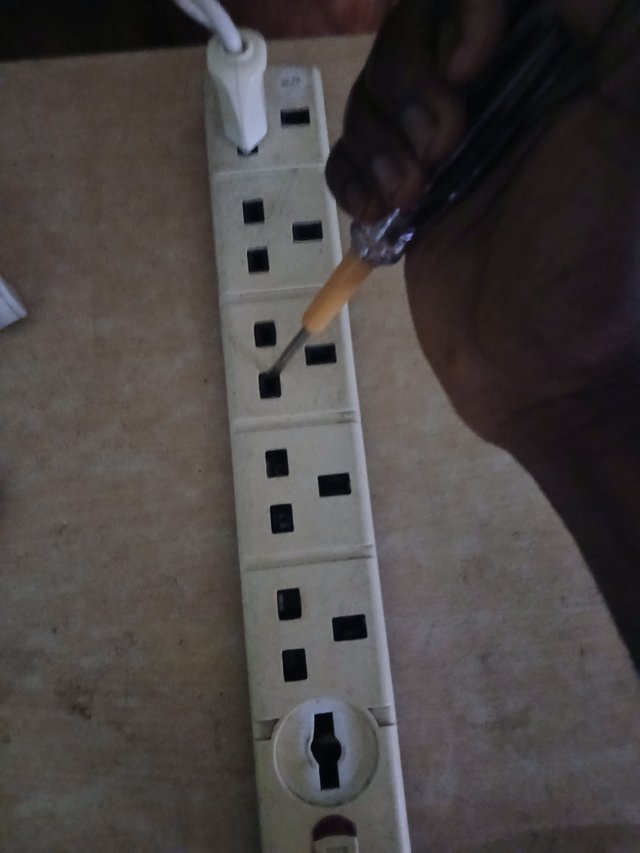 Nutral Nutral | 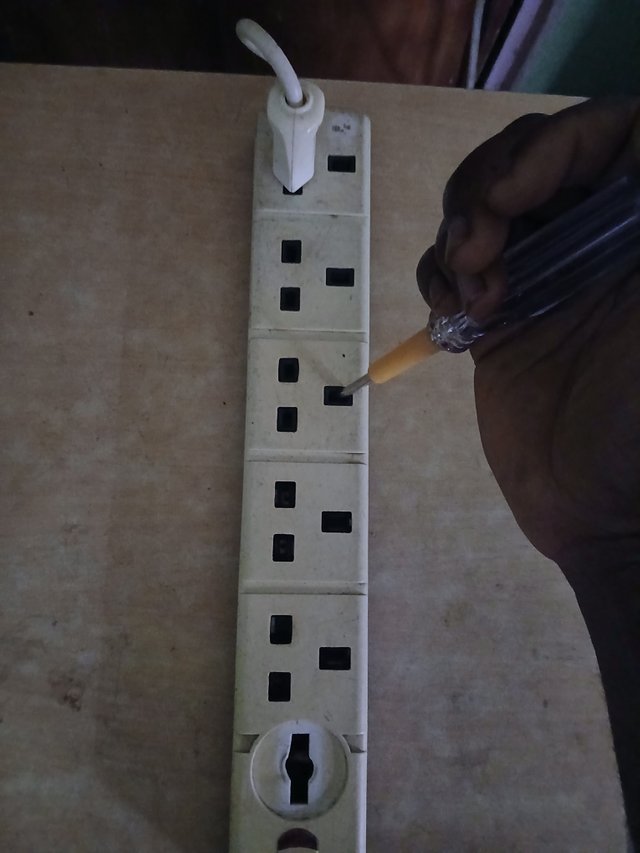 Ground Ground |
|---|
Test Expectation
Now that power is restored, I expect a glow on one of the terminals, which will be the life terminal. Though I will also test the ground, I don't expect any result from it.
Test results
As expected, one out of the two main terminals had a glow on the neon tester. And the ground as expected did not glow.
| Measure your home supply voltage with a multimeter. |
|---|
To successfully carry out this task, which involves testing the home power supply with a multimeter. I will have to confirm the following information
| Type of power | Alternating |
| Specific quantity | Voltage |
| Expected amount | +/- 240V |
| Any polarity | no polarity |
| Frequency | 60hz (not nessesery) |
With the above information, I can now confidently set my multimeter's function to ACV 250, connect the red and black probs, and get ready for the action.
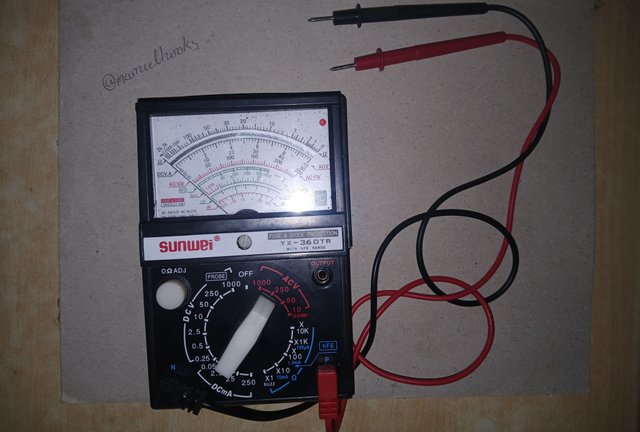 Multimeter set ready for testing voltage
Multimeter set ready for testing voltage
Because there is no polarity for this test, I will not worry about where the red or black is connected.
I will be reading the graduation that has:
0 - 50 - 100 - 150 - 200 - 250.
| What is the supply voltage of your home? |
|---|
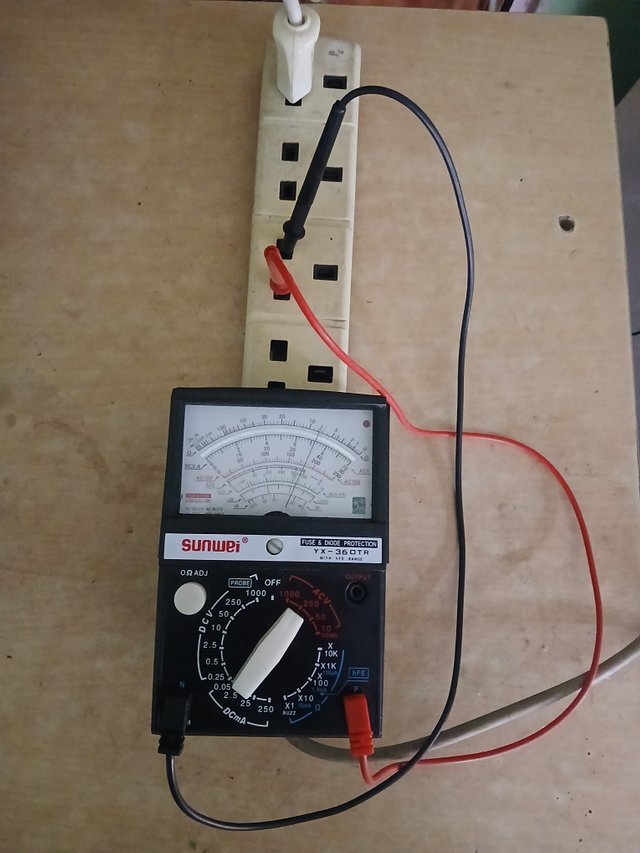
According to regulations, I am expecting 240V of alternating current at my home. But based on the test just conducted, the power at my home is 180 Volts of Alternating current.
| Name the electrical devices in your home. |
|---|
- Television
- Electric standing fan
- Refrigirator
- Washing machine
- Cellular phone
- Hp Elitebook laptop
- Pressing iron
Workshop [Task c]
| Complete the electrical wiring of a multi-socket and show us step by step. |
|---|
Needed Tools
The main tool for this task is my neon tester, a flat and star head screwdriver
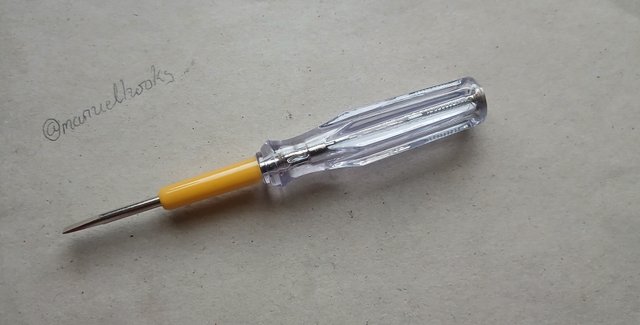 Neon Tester Neon Tester |  Phillips Phillips |  Flat head Flat head |
|---|
I will also be using the neon tester in its capacity as a flat head screwdriver and as a testing device.
Needed Materials
The socket I am using is a 13A 250V~ capacity socket
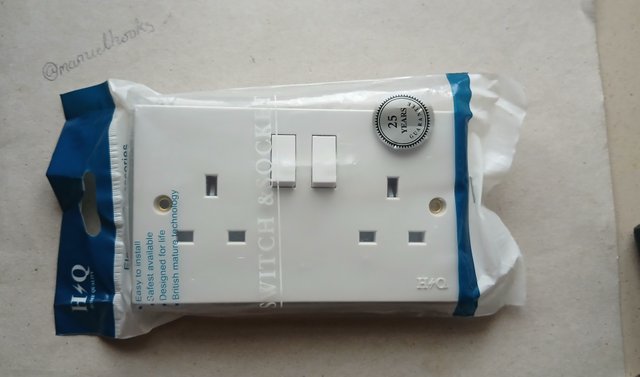 Socket Socket | 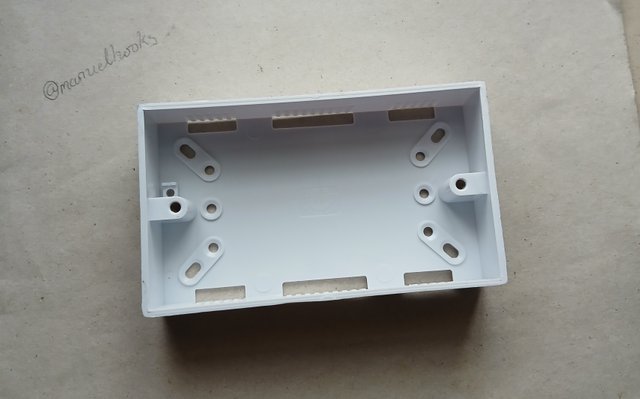 knock out knock out | 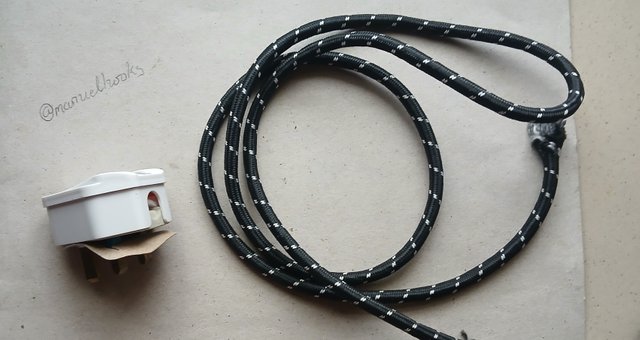 accessories accessories |
|---|
Procedures
I had to unpack the socket and fonfirm its content.
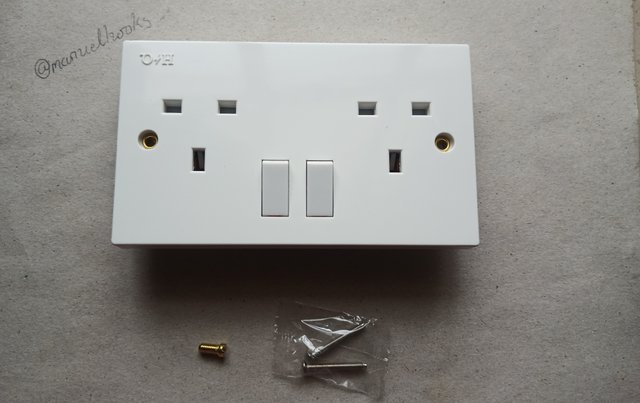 front front | 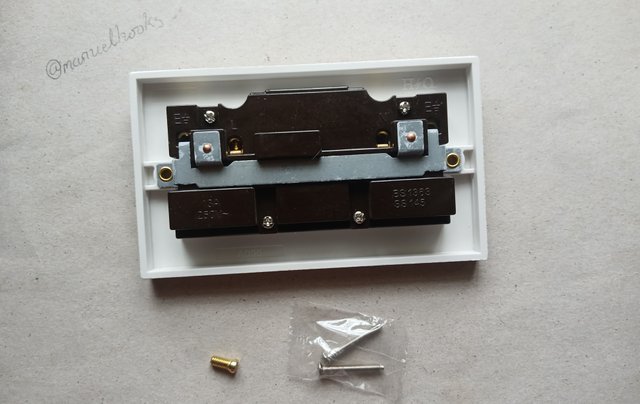 back back |
|---|
For standard connection, I had to locate the life [L] the neutral [N] and the earth/ground [E]
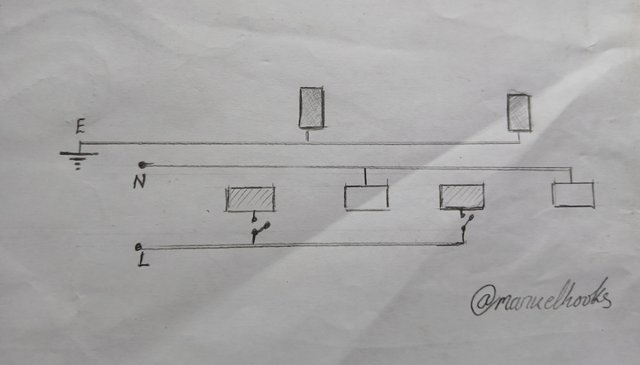 The internal wiring for this double socket
The internal wiring for this double socket
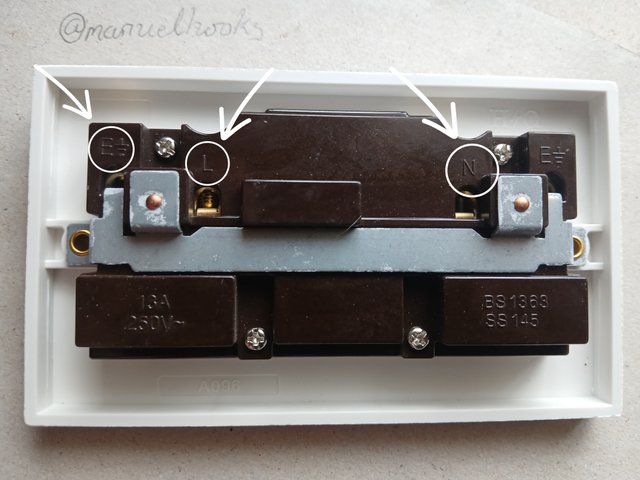 showing where to connect the life, nutral and earth
showing where to connect the life, nutral and earth
Now I had to relax the fastening screws and respect the colour coding convention.
Pealing the cable's indulator
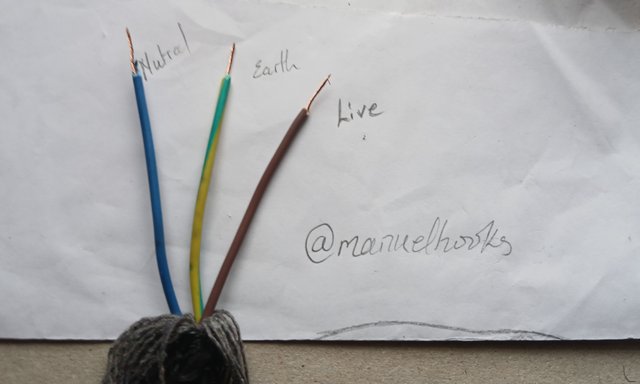
Screwing tight the connections
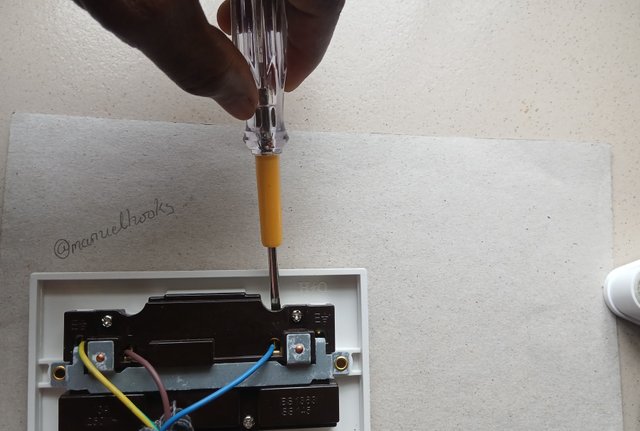
Screwing close the socket
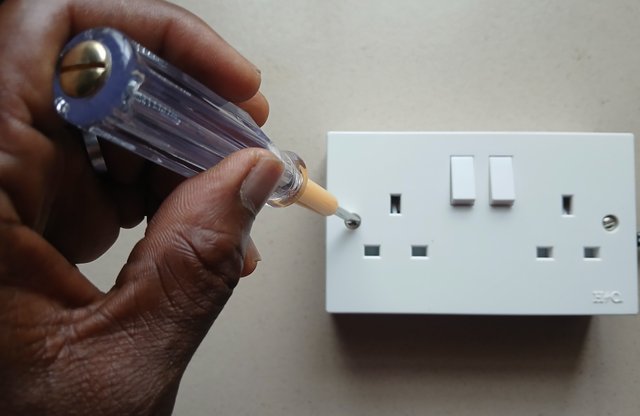
Running a neon tester test after the installation
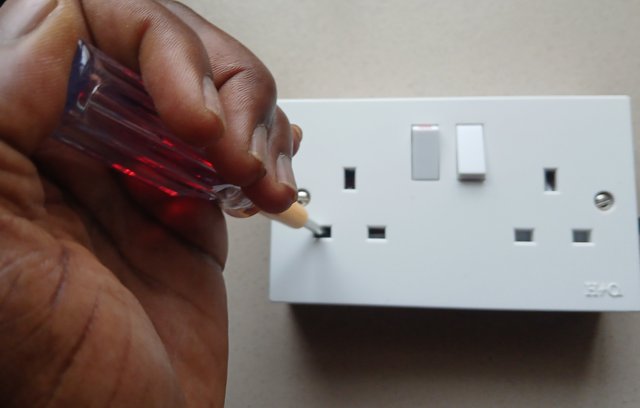
Workshop [Task D]
| Write your opinion about safety and precautions in electrical work while doing homework. |
|---|
Shut down the circuit breaker and isolate the house when making any connection or disconnection to avoid any surprises.
Make sure everyone in the house are informed of the reason why the circuit breaker is out.
Avoid using screwdrivers that have a lot of exposed metal on life circuits as you may mistakenly touch the exposed metal.
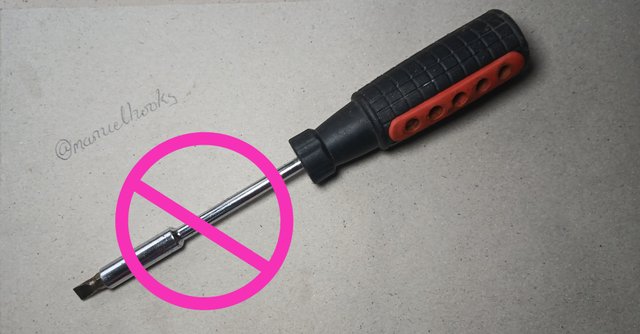
The type shown below with more insulation is highly recommended to avoid accidental electrocution as your hand may slip and touch the exposed metal.

Avoid showing-off. Some technicians love holding life wires just to show-off. This is dangerous and reckless and could result in an insident that could be prevented.
Conclusion:
Thank you for the training and instructions, I will be expecting some corrections and suggestions.
A big thank you to the steemit team for the support and encouragement and for organizing this training. I wish more of this could continue.
Invitation to contest
I am inviting @bossj23, @jozzie90, @josepha and @oasiskp
#electricity-s21w1 #steemexclusive #nigeria #burnsteem25 #learnwithsteem
#electronics #club5050
A. You have written about the proper function and use of power tools. Very nice presentation by you. If we know how to use the tools, we can do a lot of work easily. I have given you full marks. Very Good(2 Marks).
B. You have demonstrated the presence and absence of electricity using a neon tester and explained the reasons. I gave the homework to develop the habit of using neon testers and multimeters with confidence according to the rules. You have completed successfully so I have given you full marks. Very Good(2.5 Marks).
C. You have made connections by drawing a multi-socket drawing. As an electrician working by looking at drawings there is less chance of making mistakes. Thanks for the work you do with the drawings. Very Good(4 Marks).
D. You have given us some very important tips which are very important for an electrician. Do not make loose connections in electrical work. You have successfully completed this part. Very Good (1.5 Marks).
Comment/Recommendation
Scores| 10/10
https://x.com/manuelhook41759/status/1852338652413636861
Perfect presentation from you sir. I would have loved to take part but I don't have the necessary tools. Good luck to you
Good job ! I noticed the live wire of the socket is connected to left side from ur neon tester test . But in Sri Lanka it's to the right side. I don't know wether there is a international standard to that. Nice work !!
This is interesting on, and good presentation, but I don't have the tools to work with. Wish you success.